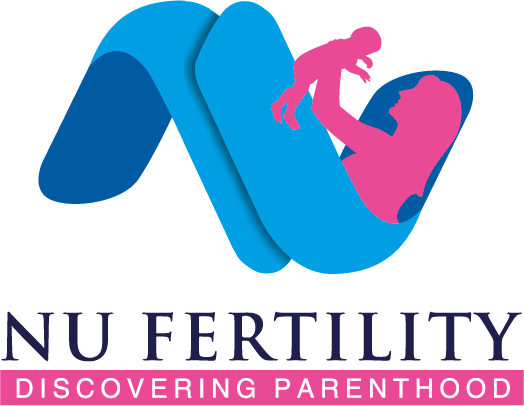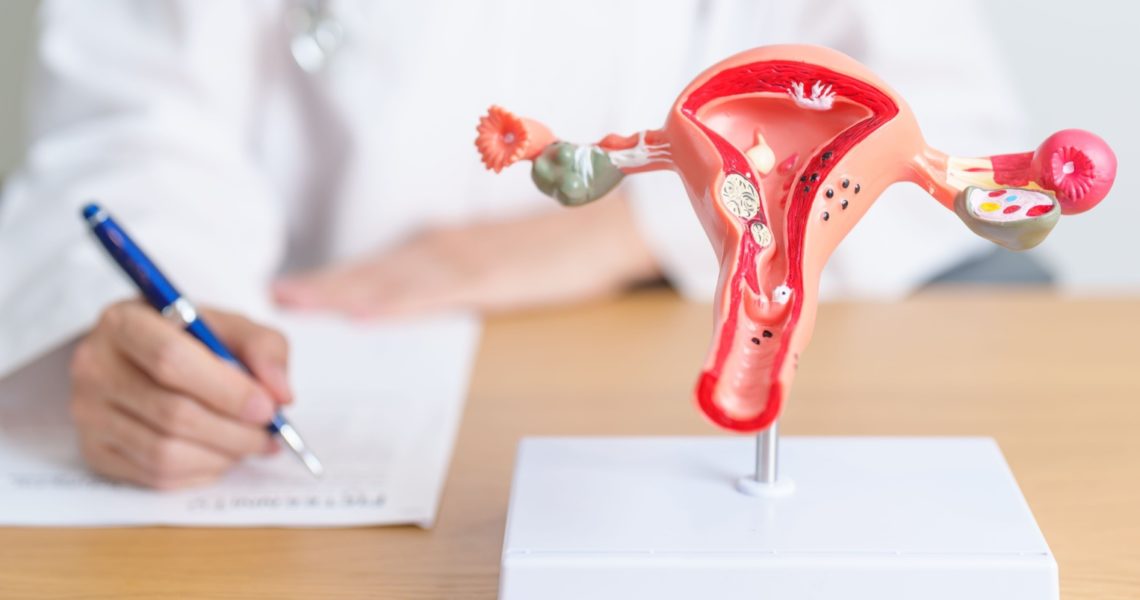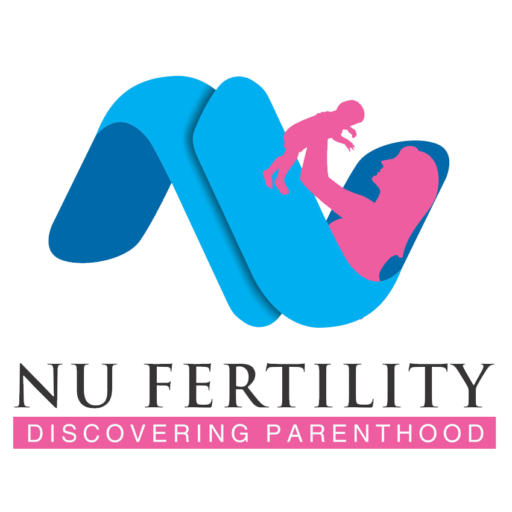Fibroids, also known as uterine myomas or leiomyomas, are non-cancerous growths composed of muscle and fibrous tissue.
They can develop in or near the uterus and vary in size, ranging from tiny seedlings to large masses that can deform and expand the uterus. It is possible to have a single fibroid or multiple fibroids.
Although fibroids are quite common, affecting 40% to 80% of women, many remain unaware of their presence due to lack of symptoms.
This is particularly true for those with small fibroids, referred to as asymptomatic fibroids, as they do not cause any noticeable symptoms.
Types of fibroids
Fibroids are typically located within or around the uterine body, although they can occasionally be found in the cervix. Different types of fibroids include:
Intramural fibroids: Fibroids that are lodged in the uterine wall. These fibroids originate and grow within the muscular tissue of the uterus.
Submucosal fibroids: Fibroids that develop within the uterine cavity, which is the space where a foetus grows during pregnancy.
Subserosal fibroids: Fibroids that are located outside the uterus and are attached to the uterine wall.
Pedunculated fibroids: Fibroids that grow on the outside of the uterus. These fibroids are connected to the uterus through a thin stem and are often compared to the shape of a mushroom. They are the least common type of fibroids.
Causes of fibroids
The development of fibroids is not fully understood. However, it is believed that the growth of fibroids is influenced by the female hormones, estrogen and progesterone.
Fibroids tend to grow in women within the reproductive age-group until menopause.
Factors that increase the risk of developing fibroids include an early onset of menstruation, obesity, a family history of fibroids indicating a genetic influence, never having given birth, advancing age, the presence of polycystic ovary syndrome (PCOS).
Symptoms of fibroids
Symptoms associated with fibroids may go unnoticed by many women unless they experience specific indications that prompt a medical diagnosis.
Approximately 20-30% of women experience certain symptoms related to fibroids.
Common symptoms of fibroids include:
- Lower back pain
- Constipation
- Bloating
- Excessive or prolonged menstrual bleeding
- Painful menstrual periods
- Discomfort during sexual intercourse
- Irregular bleeding outside of the normal cycle
- Increased frequency of urination
Can fibroids affect fertility and pregnancy?
A majority of women with fibroids experience normal fertility and pregnancy outcomes. However, specific types of fibroids can affect the ability to conceive or give birth.
During pregnancy, the presence of large uterine fibroids can influence the baby’s position and restrict their movement.
Additionally, women with fibroids may face increased rates of infertility and miscarriage. The size, location, and quantity of fibroids play a significant role in relation to pregnancy and fertility.
In certain situations, a caesarean section may be advised for future deliveries.
Diagnosis of fibroids

Diagnosis of fibroids involves a comprehensive process, typically involving medical history, physical examination, and various imaging studies.
Medical history: Healthcare professionals inquire about various symptoms including excessive menstrual bleeding, pelvic discomfort, frequent urination, and reproductive concerns. Obtaining information about a patient’s family history regarding fibroids or similar conditions can provide valuable insights.
Physical examination: To evaluate the dimensions, structure, and texture of the uterus, a pelvic examination is conducted. An enlarged or irregularly shaped uterus may indicate the presence of fibroids. Furthermore, this examination assists in identifying other potential causes for the symptoms.
Imaging studies: To confirm the diagnosis and determine the precise location, size, and quantity of fibroids, several imaging techniques are utilized. The first-line imaging tool is often ultrasound, which can provide detailed images of the uterus. Both transabdominal and transvaginal ultrasound are utilized to visualize fibroids.
Additionally, MRI (Magnetic Resonance Imaging) offers a more comprehensive view of the uterus and its surrounding structures. It is particularly valuable in evaluating the size and number of fibroids.
Hysteroscopy: To examine the uterine cavity and identify any fibroids that may be impacting it, a thin illuminated tube is inserted through the cervix.
Endometrial Biopsy: In order to rule out other conditions, it may be necessary to take a tissue sample from the uterine lining if there are any concerns about abnormal bleeding.
Treatment of fibroids
Treatment of fibroids is typically unnecessary unless they are causing complications.
However, women who are facing challenges with fertility, experiencing painful periods, heavy bleeding, or pressure symptoms often seek treatment.
The choice of treatment options varies based on the size of the fibroids and the severity of the symptoms. It also takes into consideration a woman’s specific requirements, such as her plans for future pregnancy and any previous pregnancies she may have had.
Period pain can be reduced with the help of pain-relieving medication, and anti-inflammatories may be prescribed to decrease the intensity of bleeding.
In case of anemia, iron replacement may be recommended.
There are various surgical options available for the treatment of fibroids.
- Uterine artery embolization involves injecting small, sterile particles into the arteries that supply blood to the fibroids. This procedure cuts off the blood supply, leading to the shrinkage of the fibroids. Not advised in women planning for pregnancy.
- Hysteroscopic myomectomy is performed under general anesthesia to remove a fibroid that is either partially or completely inside the uterus cavity.
- Laparoscopic myomectomy is another advanced surgical option, involving the complete removal of the fibroid under general anaesthesia. Advantage over open abdominal Myomectomy is having a minimal scar and better post operative recovery.
- MRI directed ultrasound technique involves the use of high intensity focused ultrasound waves to overheat the cells in the fibroid, causing it to shrink.
- Hysterectomy procedure involves the complete removal of the uterus. This is usually done in women who have completed family planning. Laparoscopic route is preferred over abdominal surgery.
Uterine fibroids are a type of non-cancerous growth that develops within or on the uterus.
While some fibroids may not show any symptoms, others can lead to heavy menstrual bleeding, back pain, frequent urination, and discomfort during sexual intercourse.
Smaller fibroids may not require any treatment, but larger fibroids may require medical treatment or surgical intervention.
NU Fertility in Shivamogga provides advanced fibroid treatment options. With a dedicated healthcare team focused on reproductive health, they ensure exceptional care with precision and expertise.
References:
- Freytag, D., Günther, V., Maass, N., & Alkatout, I. (2021). Uterine Fibroids and Infertility. Diagnostics (Basel, Switzerland), 11(8), 1455. https://www.ncbi.nlm.nih.gov/pmc/articles/PMC8391505/.
- FIBROIDS AND FERTILITY. American Society for Reproductive Medicine. https://www.reproductivefacts.org/news-and-publications/fact-sheets-and-infographics/fibroids-and-fertility/
- Fibroids and fertility. Pregnancy birth & baby. https://www.pregnancybirthbaby.org.au/fibroids-and-fertility.
Author; Dr. Abhilash E



